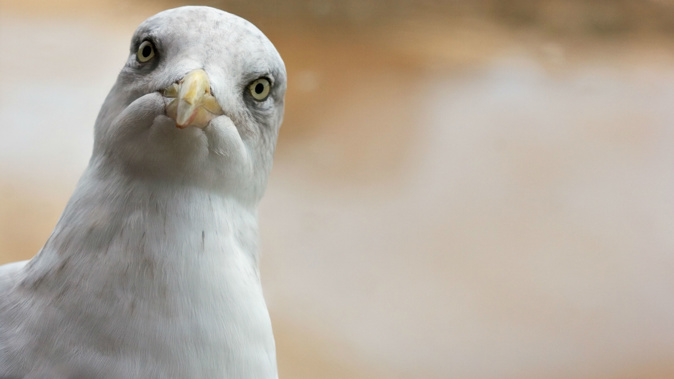
Seagulls prefer to eat food that humans have already touched, according to new research.
Scientists from the University of Exeter in the UK showed herring gulls two identical pieces of food, and noticed the birds were more likely to eat the one that they had seen a human holding.
This suggests that gulls' decisions on what to eat are informed by human actions.
Seagulls have become a pest in some seaside towns, with regular stories in the media about aggressive birds swooping down and stealing peoples' food.
Study lead author Madeleine Goumas, of the Centre for Ecology and Conservation at Exeter's Penryn Campus in Cornwall, explained that little is known about gulls' behavior even though they are a common sight.
"We wanted to find out if gulls are simply attracted by the sight of food, or if people's actions can draw gulls' attention towards an item," said Goumas.
"Our study shows that cues from humans may play an important part in the way gulls find food, and could partly explain why gulls have been successful in colonizing urban areas."
During the study researchers approached individual gulls and put two buckets containing wrapped flapjacks in front of them.
The researchers picked up the flapjack from one bucket and handled it for 20 seconds before putting it back down. The other flapjacks were left untouched.
Of the 38 gulls tested, 24 pecked at one of the snacks. Nineteen of these (79%) picked the one that had been touched by the researcher.
Researchers repeated the exercise with sponges to test the effect on non-food items, but their preference for the handled sponge did not exceed chance levels.
This suggests that handling by humans draws gulls attention to food in particular.
"Our findings suggest that gulls are more likely to approach food that they have seen people drop or put down, so they may associate areas where people are eating with an easy meal," said senior author Laura Kelley.
"This highlights the importance of disposing of food waste properly, as inadvertently feeding gulls reinforces these associations."
Kelley also provides a possible explanation for growing gull populations in urban areas.
"Herring gulls are quite adaptable and are likely to be moving into urban areas because of the resources available," she said.
These resources mean that competition among gulls is lower in towns and cities, meaning they may be able to support larger populations than rural coastal areas, according to Kelley.
The full paper, published in the journal Royal Society Open Science, follows previous research from the University of Exeter which shows that staring at gulls discourages them from stealing your food.
Take your Radio, Podcasts and Music with you








